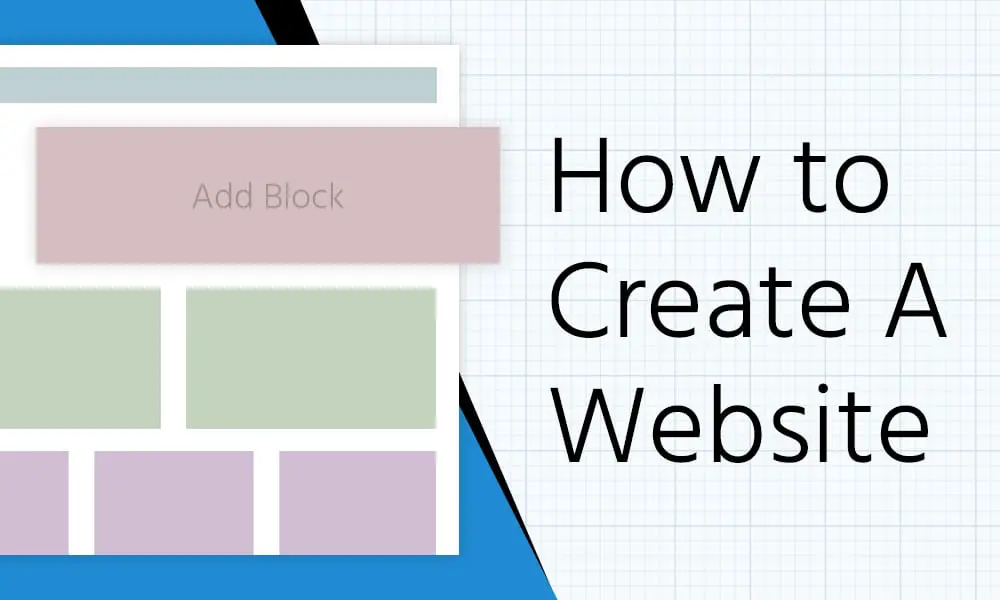Are you a content writer, a designer, a life coach, or a chef, or do you have a skill you wish to advance its noticeability by owning its website? Then this article is for you.
Even though building a website in 2023 could seem complicated, it can be rewarding with the correct tools and advice.
This beginner’s tutorial will help you through the essential stages of building a website from scratch, regardless of whether you’re launching a personal blog, an online store, or a professional portfolio.
Below are steps to creating your website this 2023.
Establish the goals and purpose of your website
It’s critical to establish the purpose and objectives of a website before getting into the technical details of developing one.
For example, what do you hope to accomplish with your website? Whom are you trying to reach? What kind of content will you offer? Having a distinct vision will enable you to make wise choices while you build your website.
Decide on a website builder
The next step is to select a website builder. Software known as a website builder enables you to design a website without coding experience.
There are numerous website builders, each with features and pricing schemes, including Wix, Squarespace, WordPress, and Shopify. Find the one that best suits your demands and budget by researching.
Choose a template or theme
After deciding on a website builder, you must choose a template or theme for your website. The general look and organization of your website are determined by templates, which are pre-designed layouts.
First, select a template that supports the objectives and purpose of your website, then alter it to fit your brand identity. Typically, you can change the elements’ colors, typefaces, photos, and other characteristics to suit your tastes.
Read Also: The latest advancements in VR and AR technology
Content Creation and Organisation
The creation and organization of content for your website are now necessary. Create the primary pages first, such as Home, About, Contact, and any other pages pertinent to your website’s function.
Next, write material that is interesting and valuable to your viewers. Finally, create a logical, user-friendly content organization with distinct navigation menus and headings.
Design Your Website Specifically
It’s time to customize the look and feel of your website after writing the content. To change the appearance of your website, use the design tools offered by your website builder.
This can entail altering the layout, graphics, colors, and fonts. For your design to look excellent on desktop and mobile devices, it must be visually appealing, consistent, and responsive.
Plugins and apps can be used to add functionality
Use plugins or applications to offer more functionality depending on the objectives of your website. Plugins are add-ons that increase your website’s functionality.
For example, you may include a blog, social media integration, a contact form, or e-commerce capabilities. Find and choose plugins or apps that work with your website builder and are appropriate for the goals of your website.
Improve Your Website’s Search Engine Optimisation
Optimizing your website for search engine optimization (SEO) is crucial to guarantee that search engines can find it.
This entails incorporating pertinent keywords into your content, enhancing meta descriptions, creating descriptive URLs, and structuring your material with headings.
To improve your website’s search engine rankings and boost organic traffic, research SEO best practices and implement them.
Preview and test your website
Testing and previewing your website before launching it is essential to ensure it functions properly and looks well across various browsers and mobile devices.
Verify that all functionality operates as intended, test contact forms for errors, and look for broken links. Preview it on PCs, tablets, and smartphones to ensure your website is responsive and usable on all devices.
Put Your Website Online
It’s time to publish your website online after you’re happy with it. Most website builders include simple publishing features that let you launch your website with a few mouse clicks.
Select a domain name for your website, which will serve as the address for the website, and
Register it using a domain registrar or your website builder. Make sure the domain name you select is simple to remember and pertinent to the function of your website.
Promote and Market Your Website
The initial step is only to create a website. Next, you must advertise and promote your website to increase traffic and reach your objectives.
To boost the exposure of your website and draw visitors, use a variety of digital marketing strategies such as search engine optimization (SEO), social media marketing, content marketing, and email marketing.
Spread the word about your website by posting links on your social media profiles, adding them to your email signature, and participating in online forums about your website’s subject matter.
Welcome to the world of website owners. If you get confused while creating a website, revisit these beginner’s guide.

